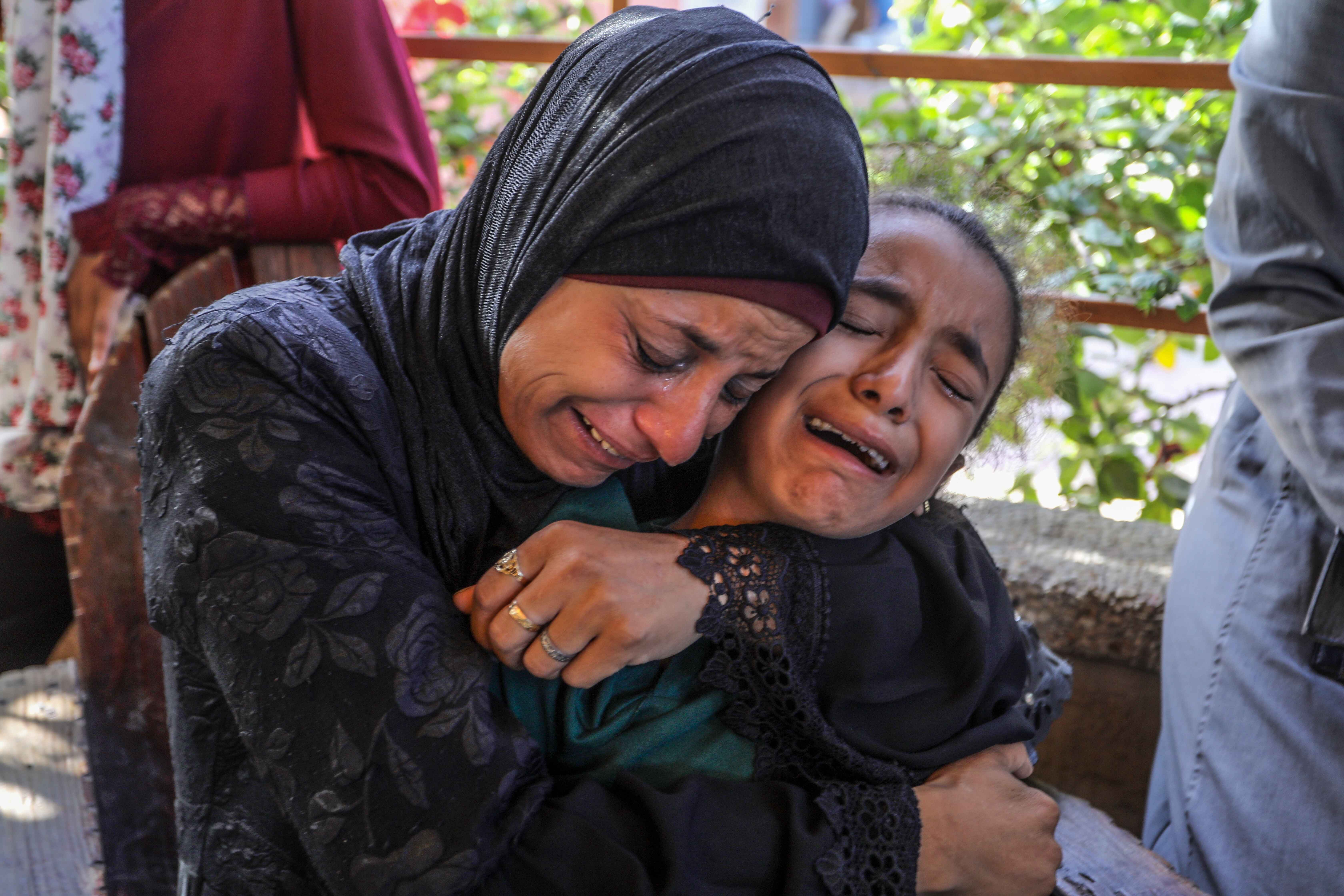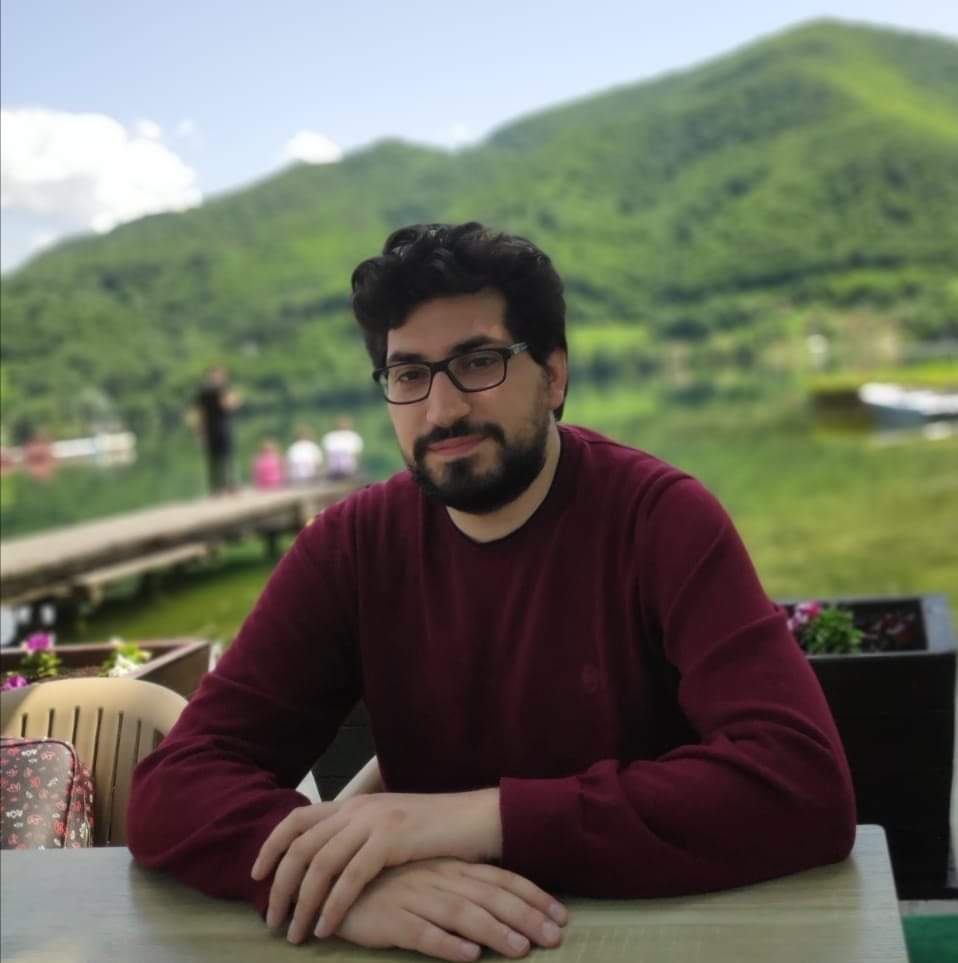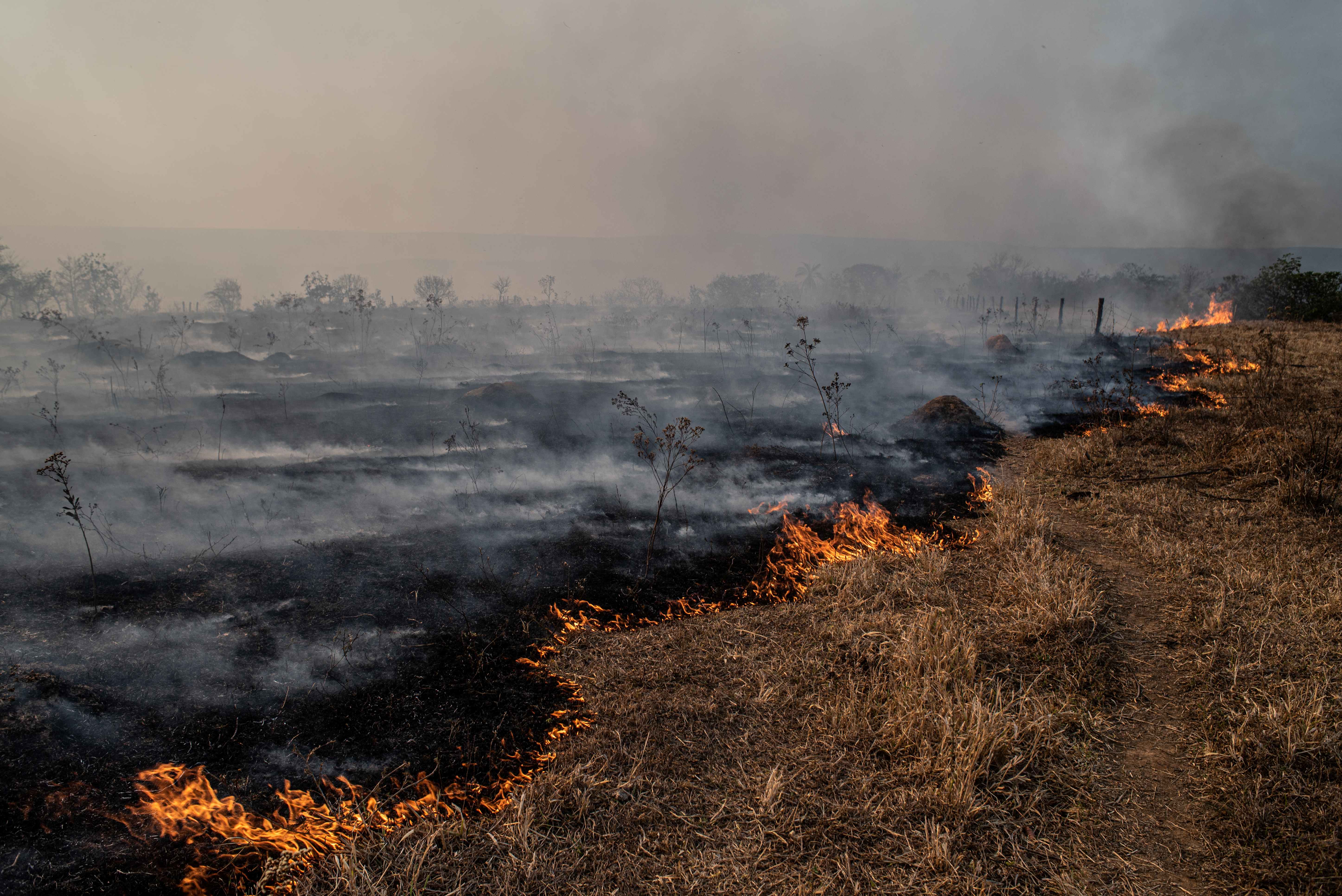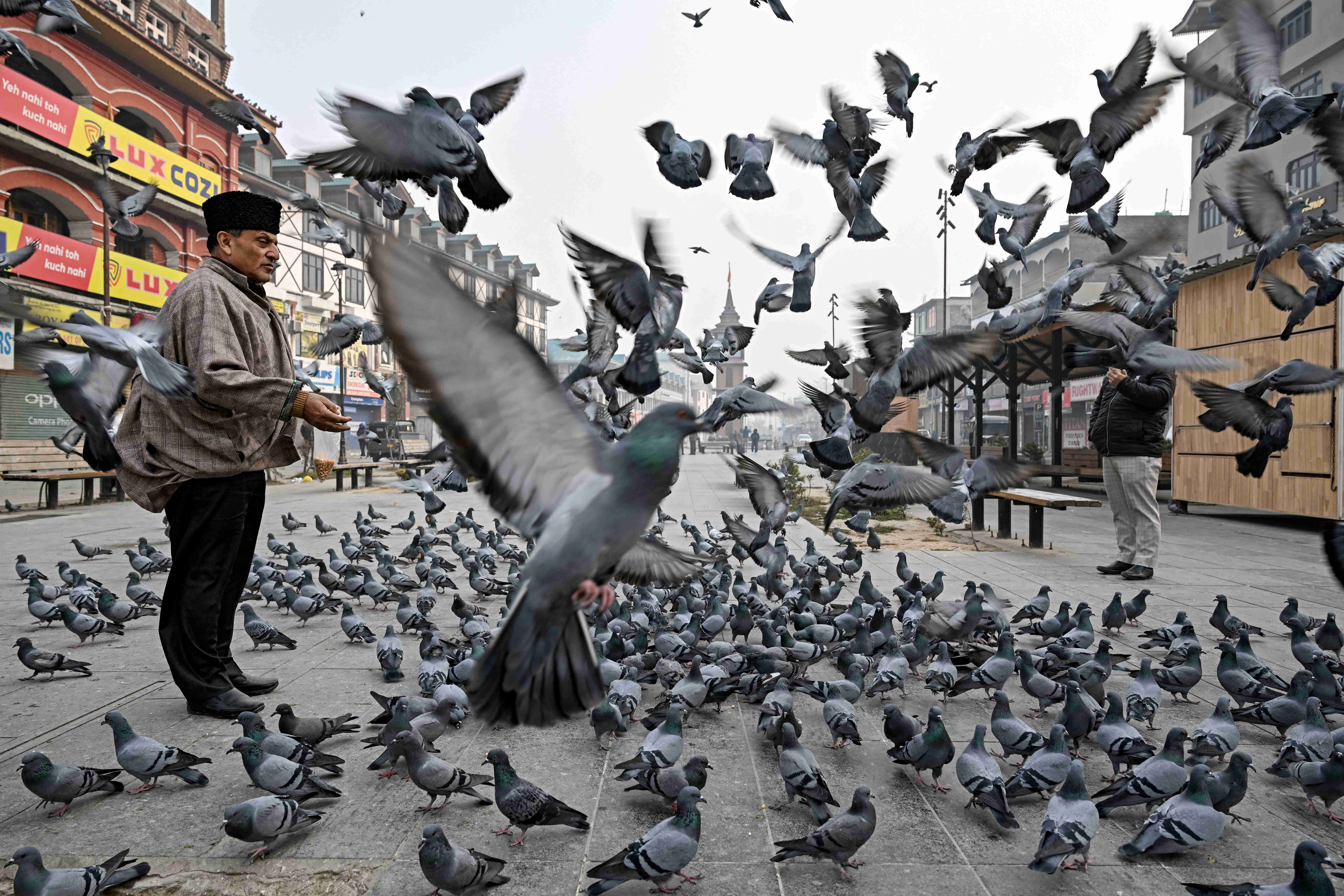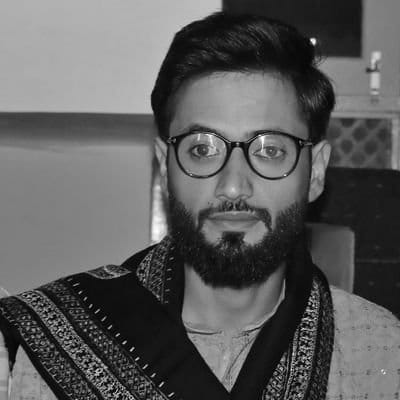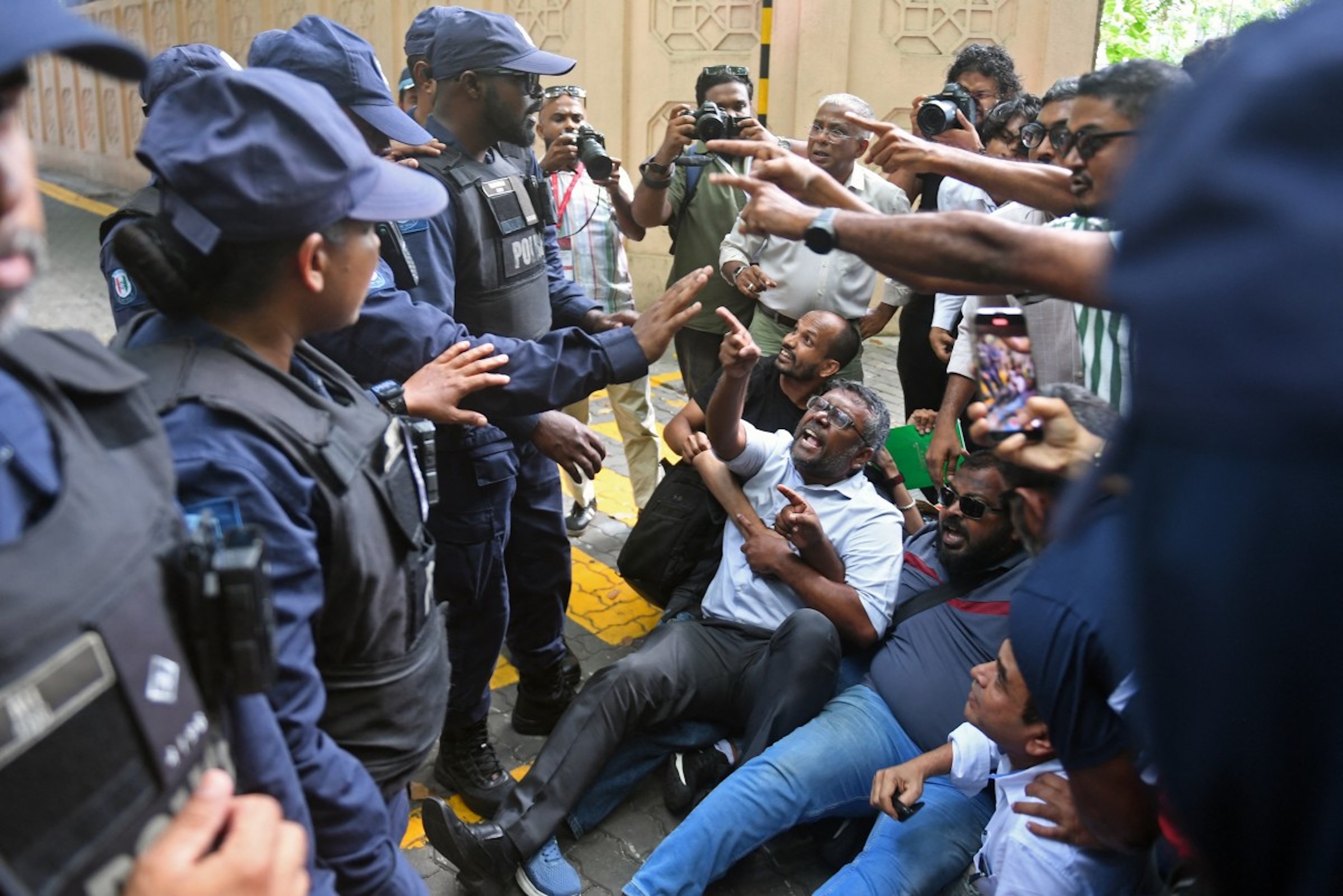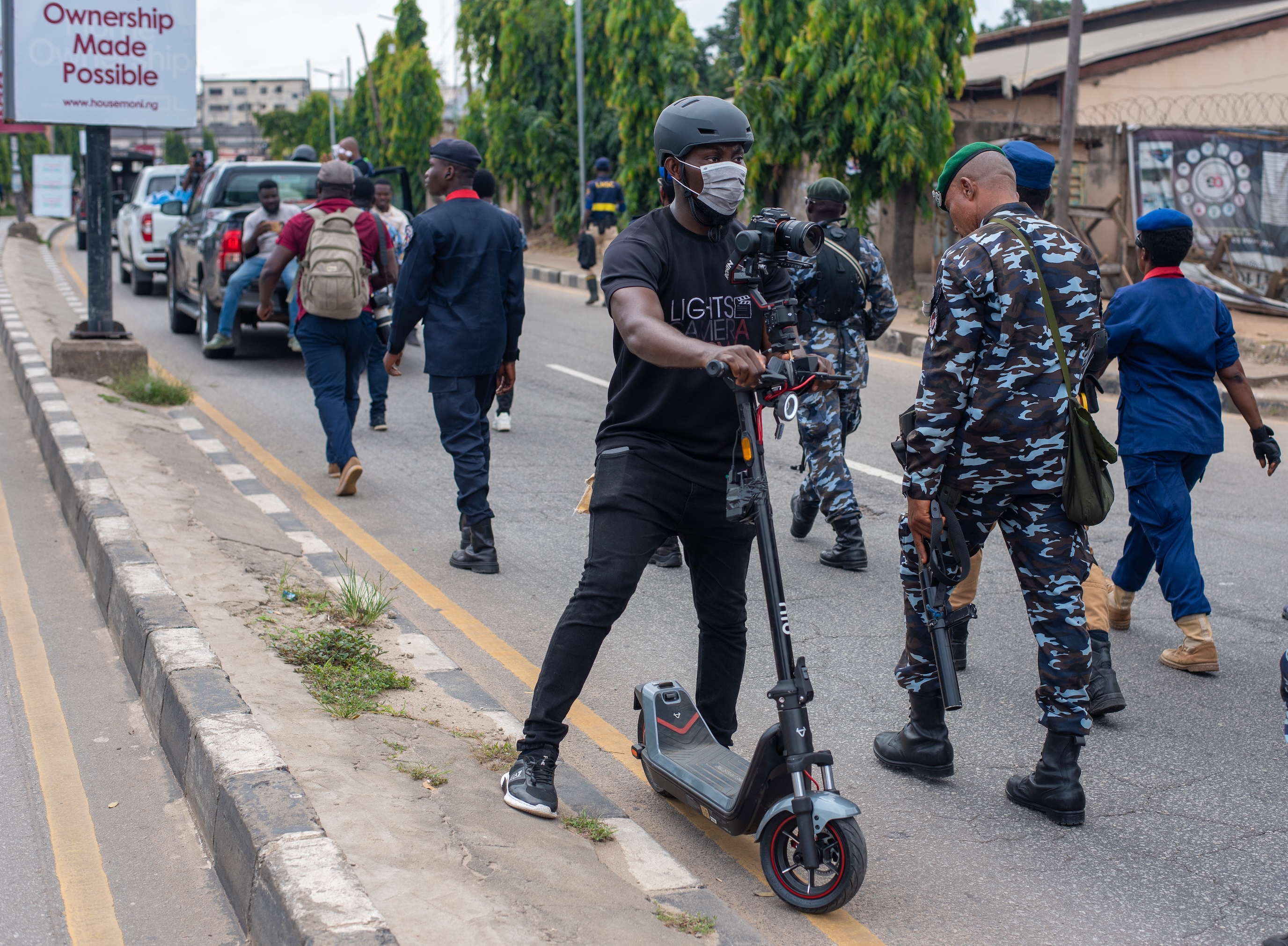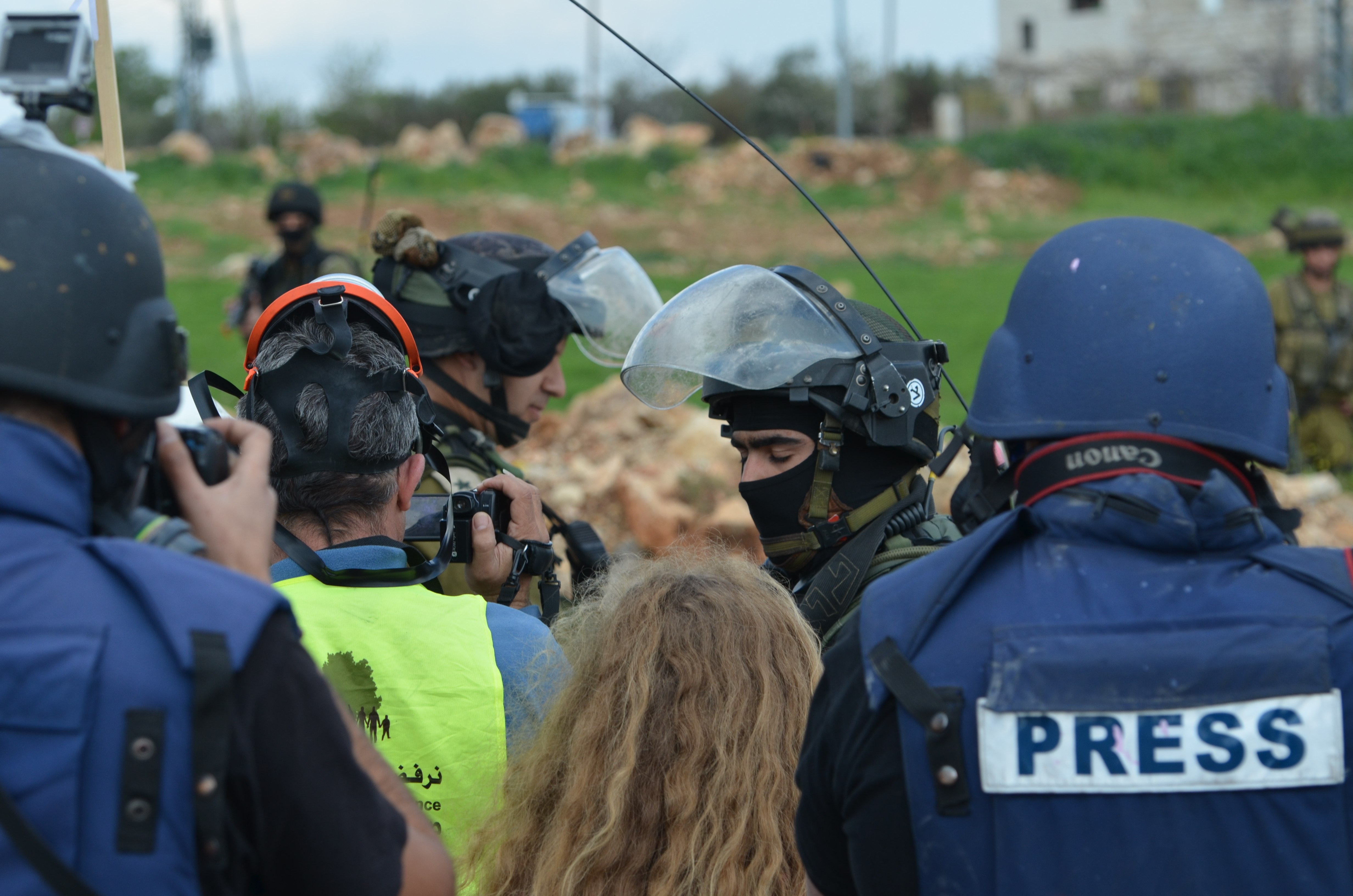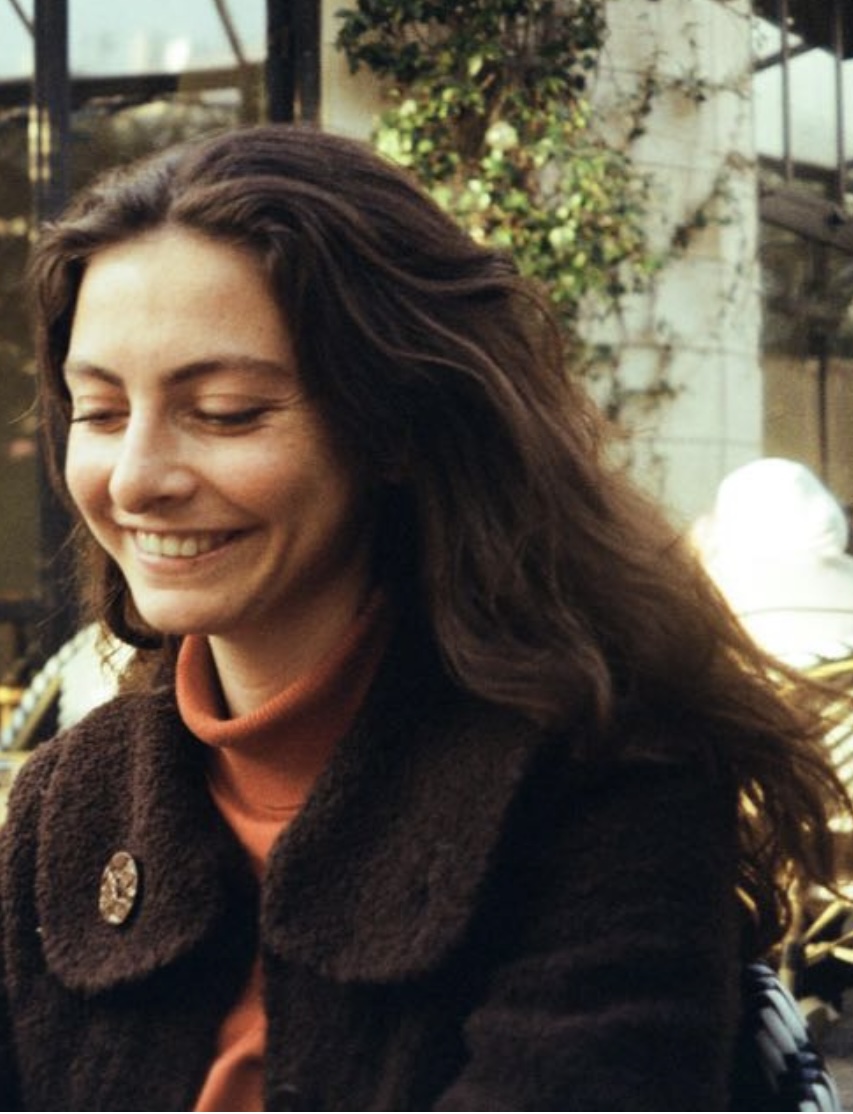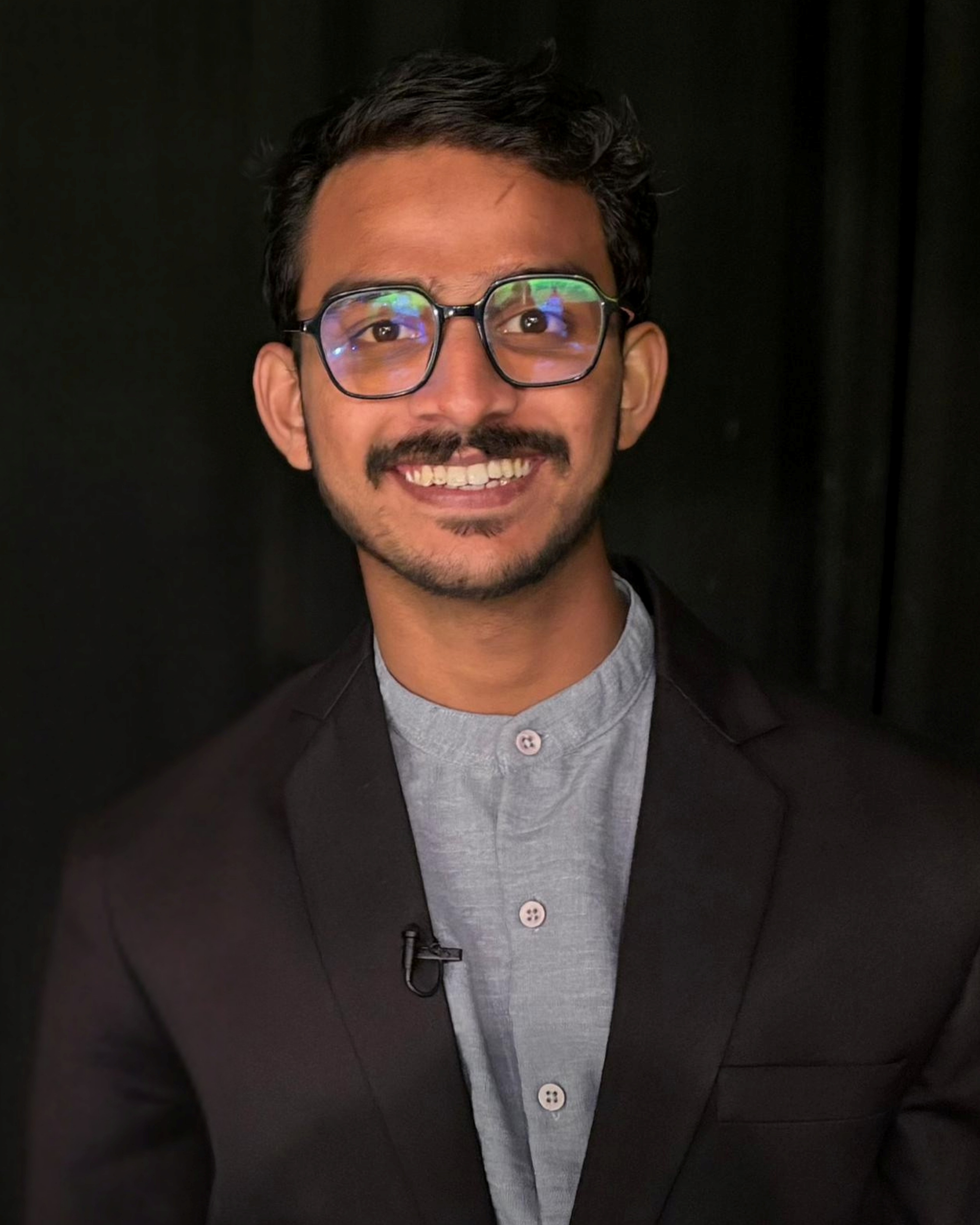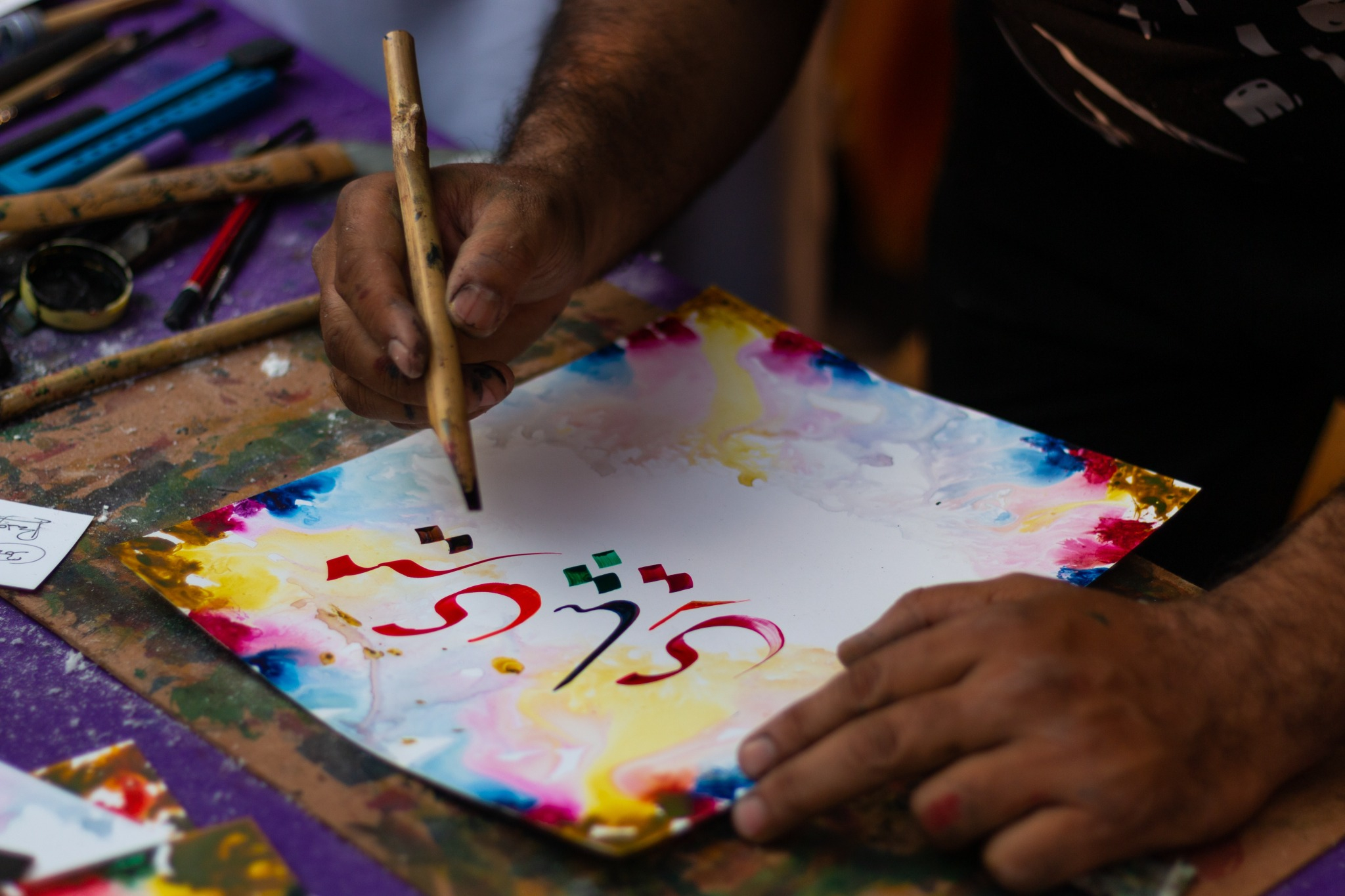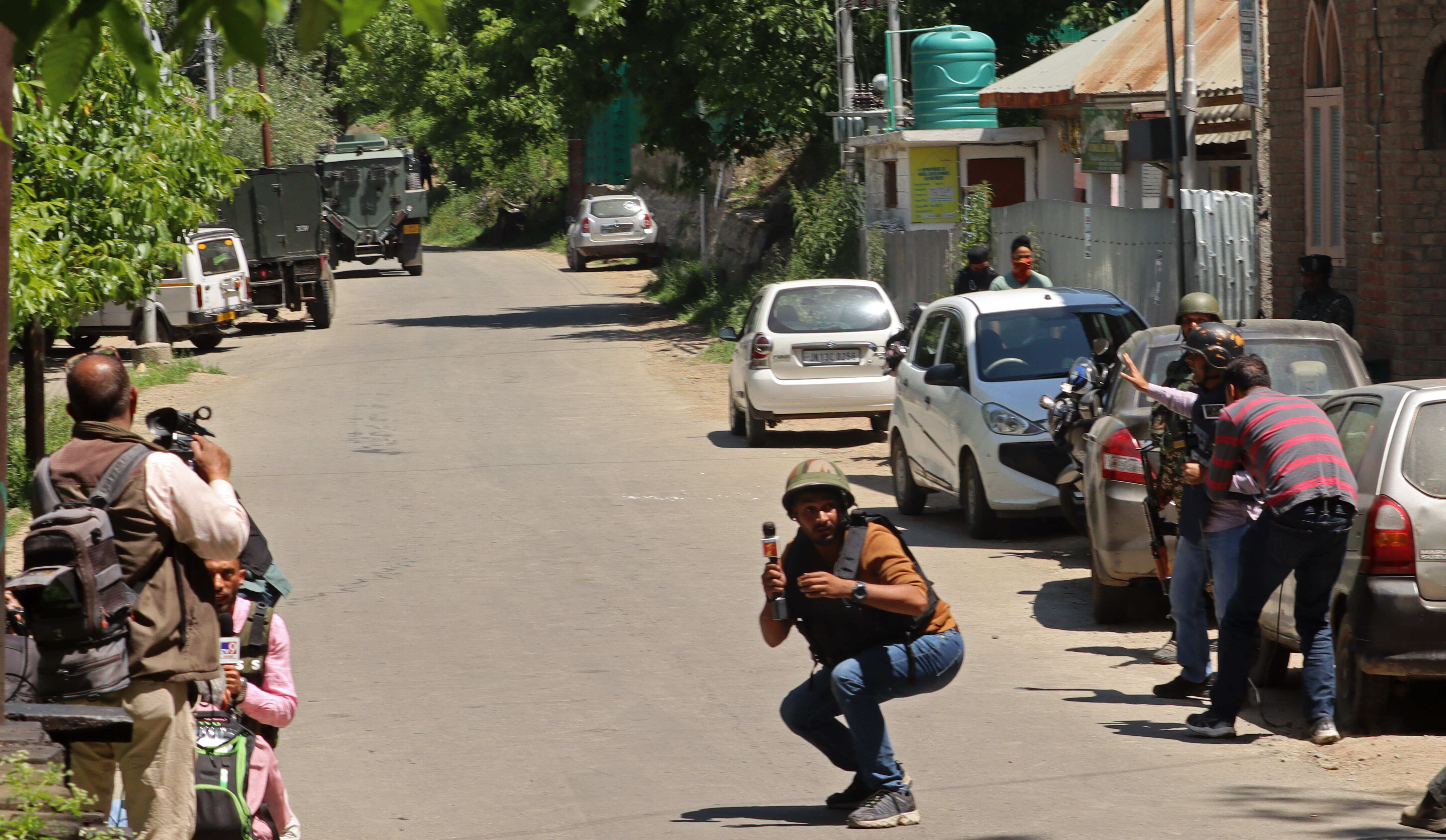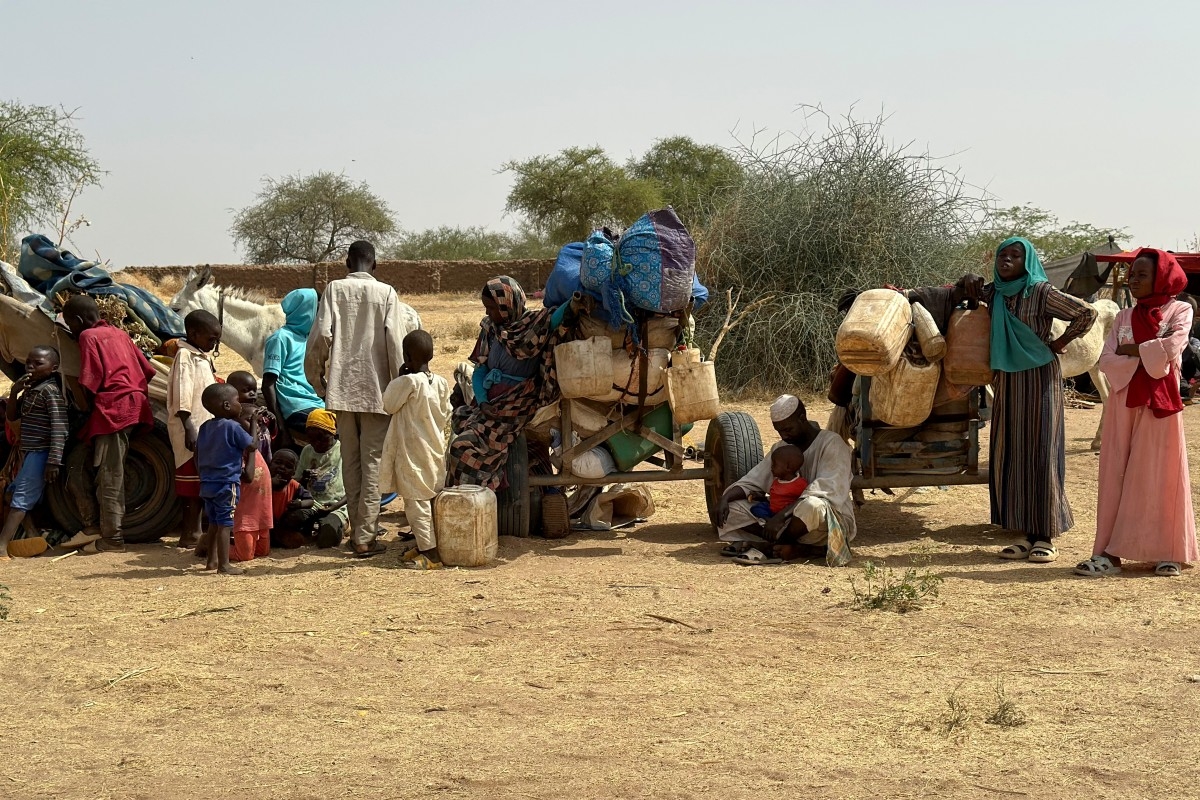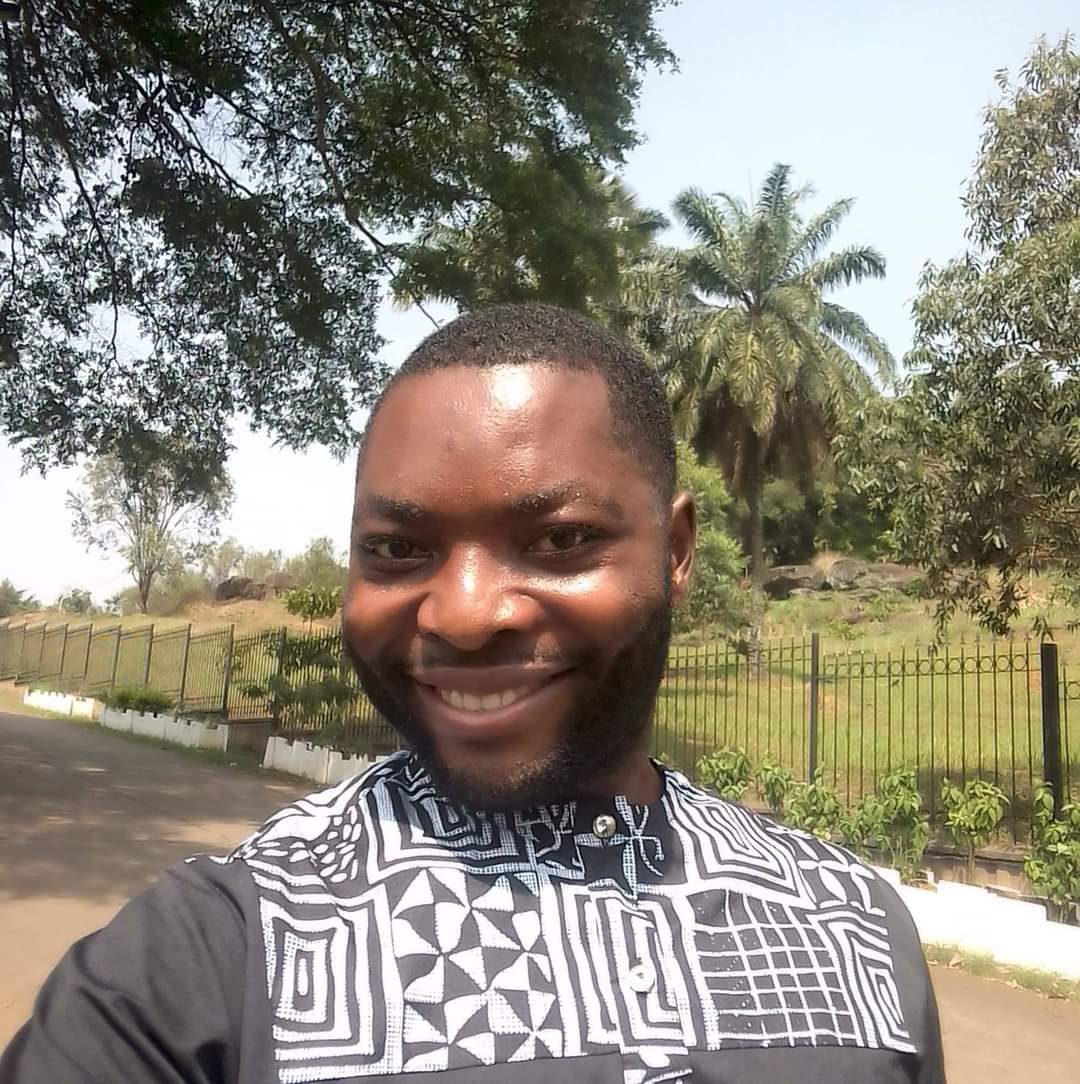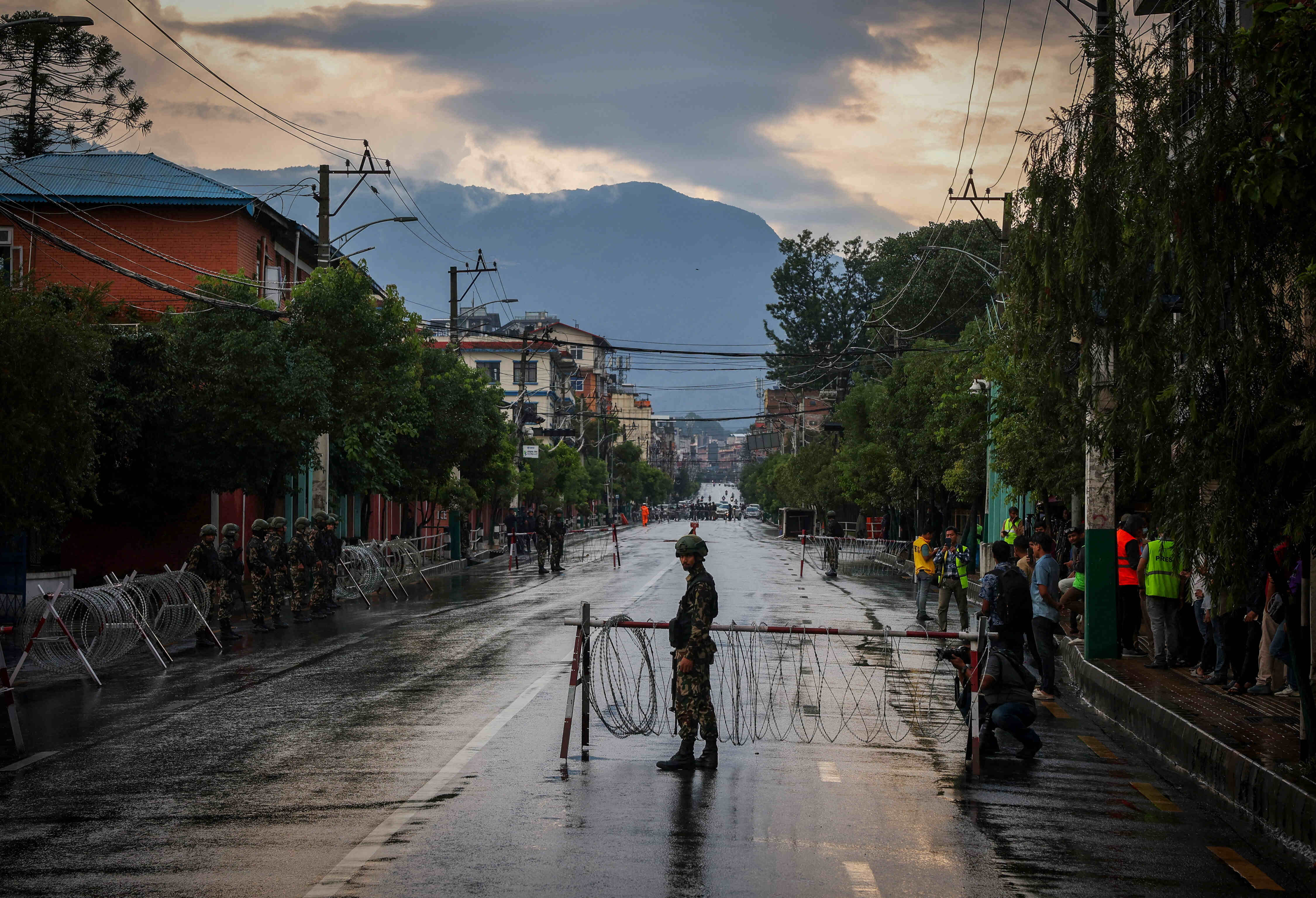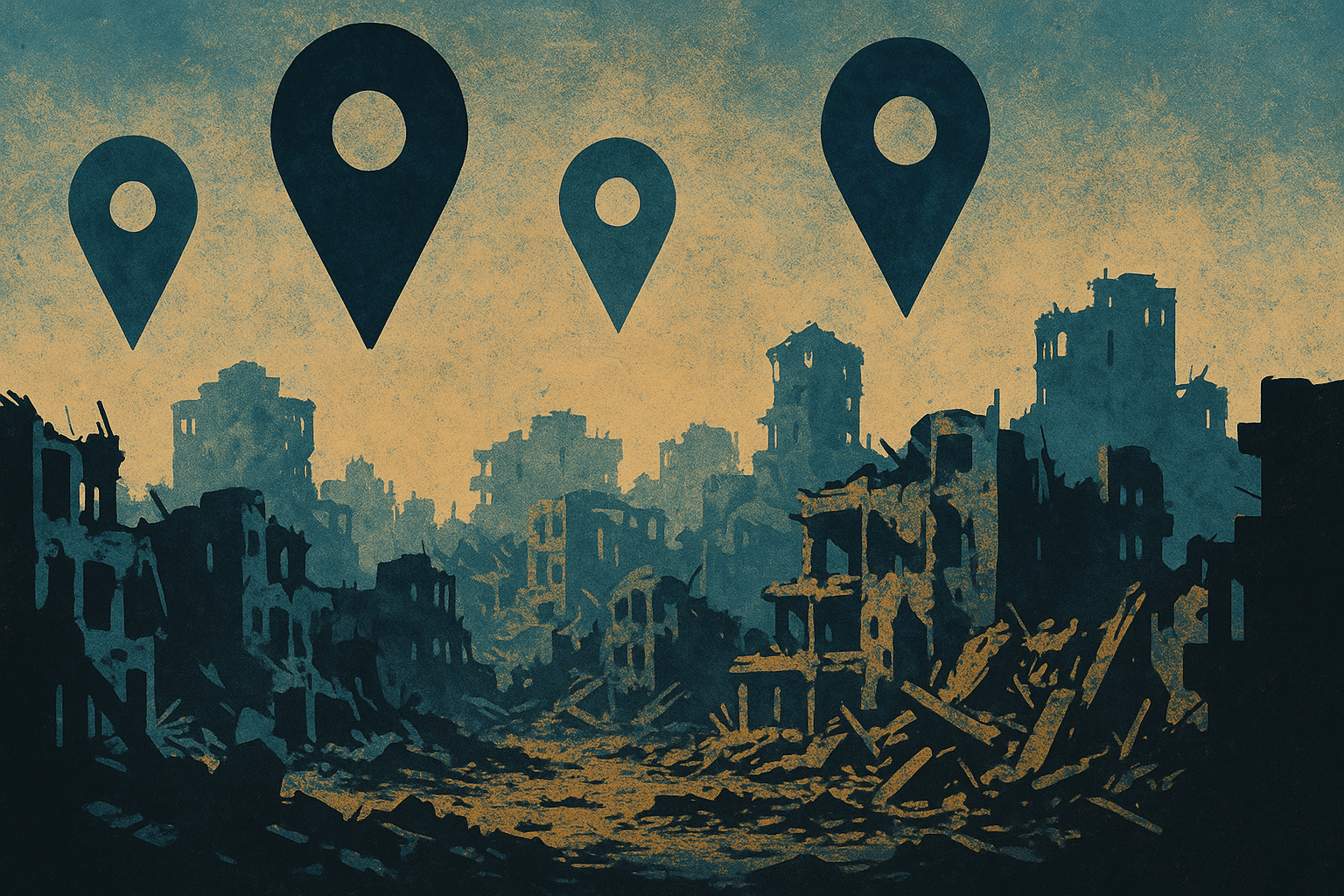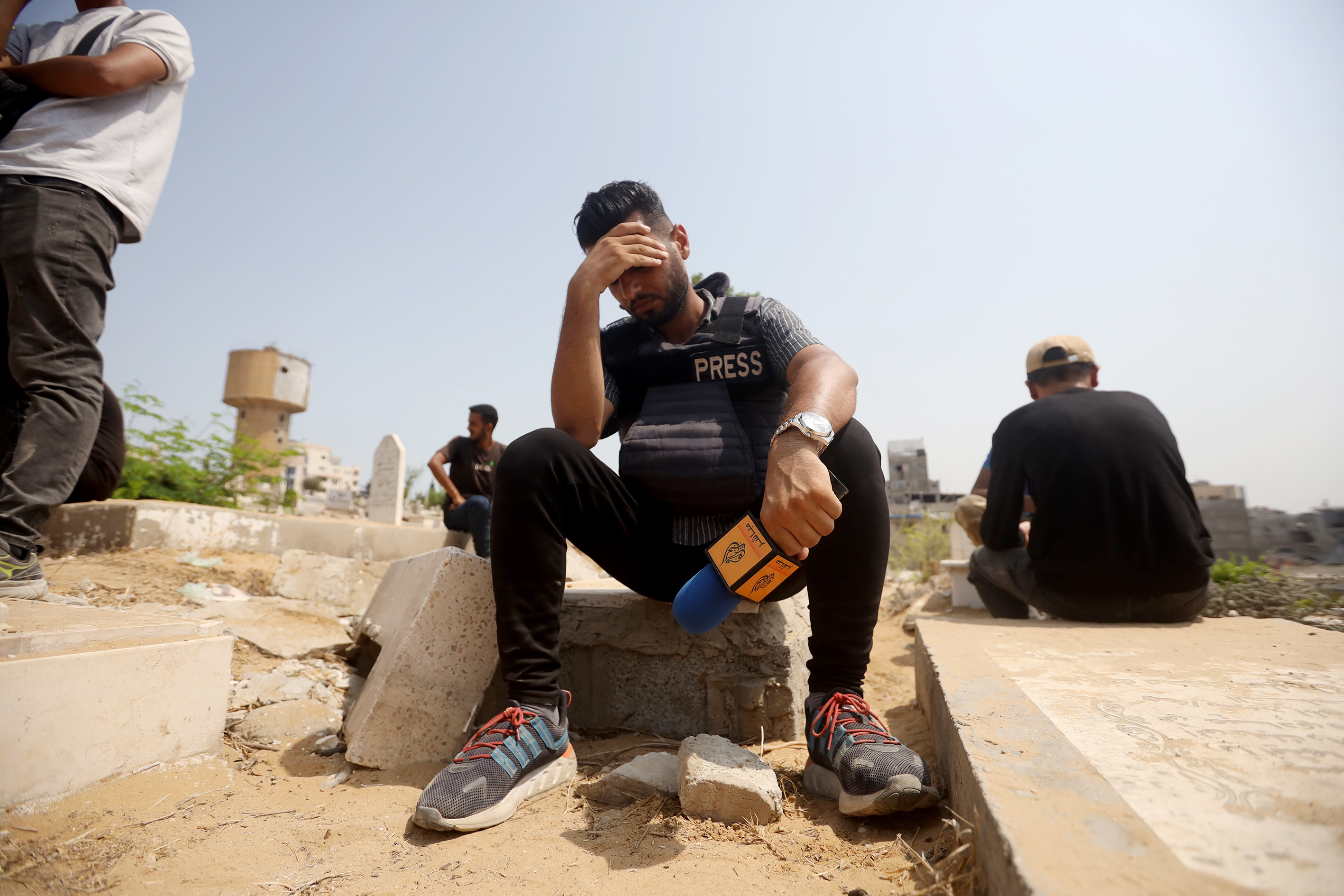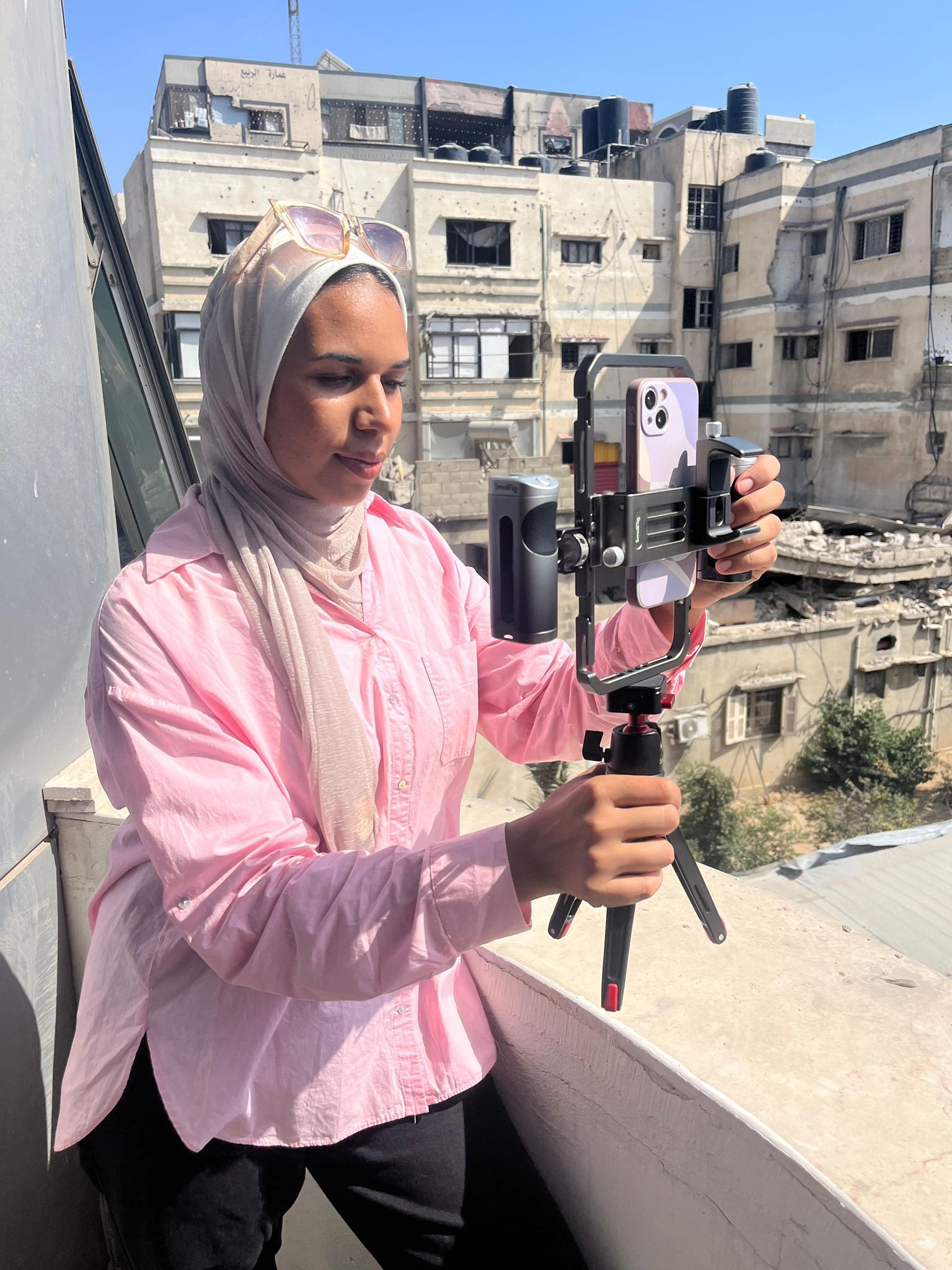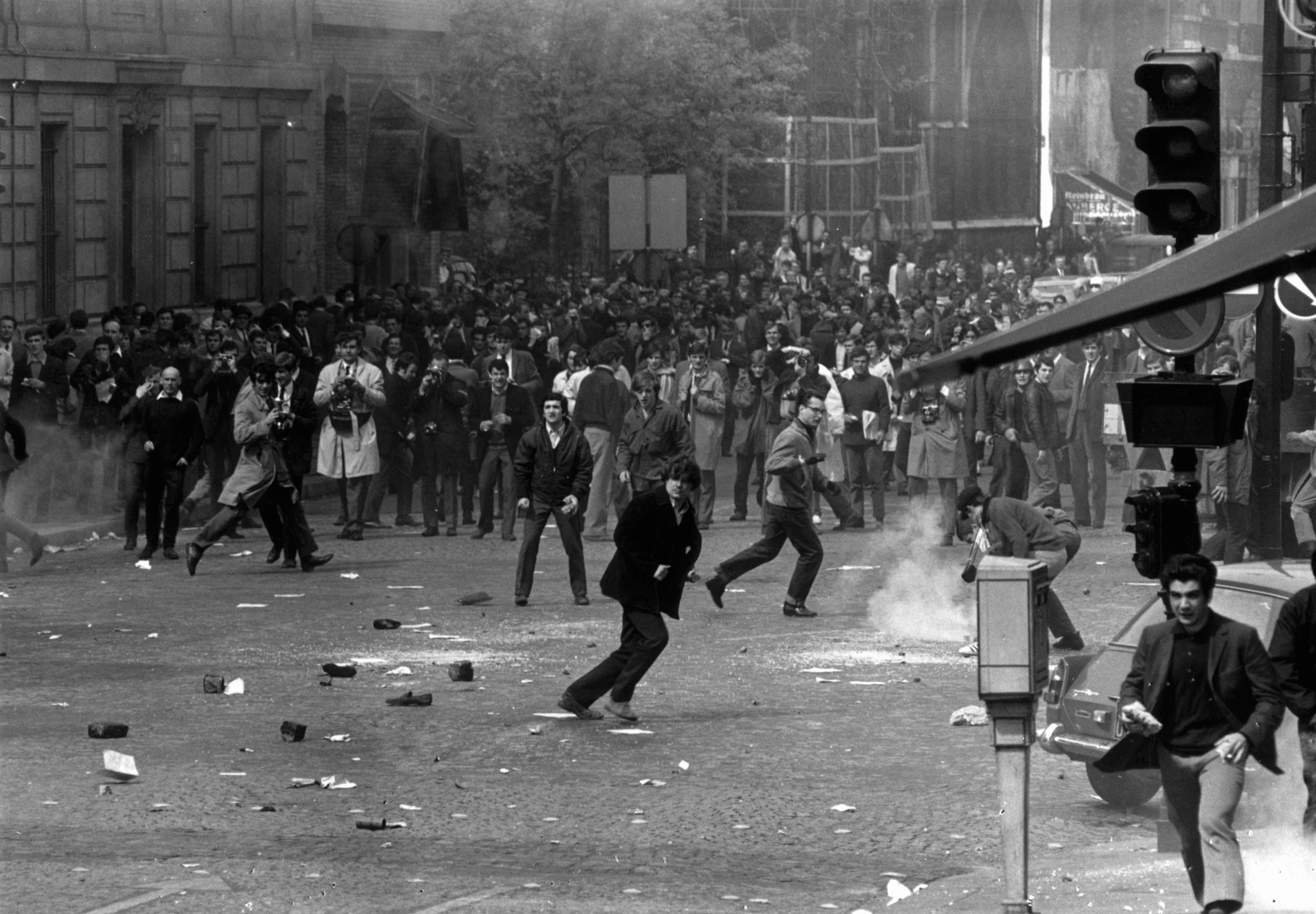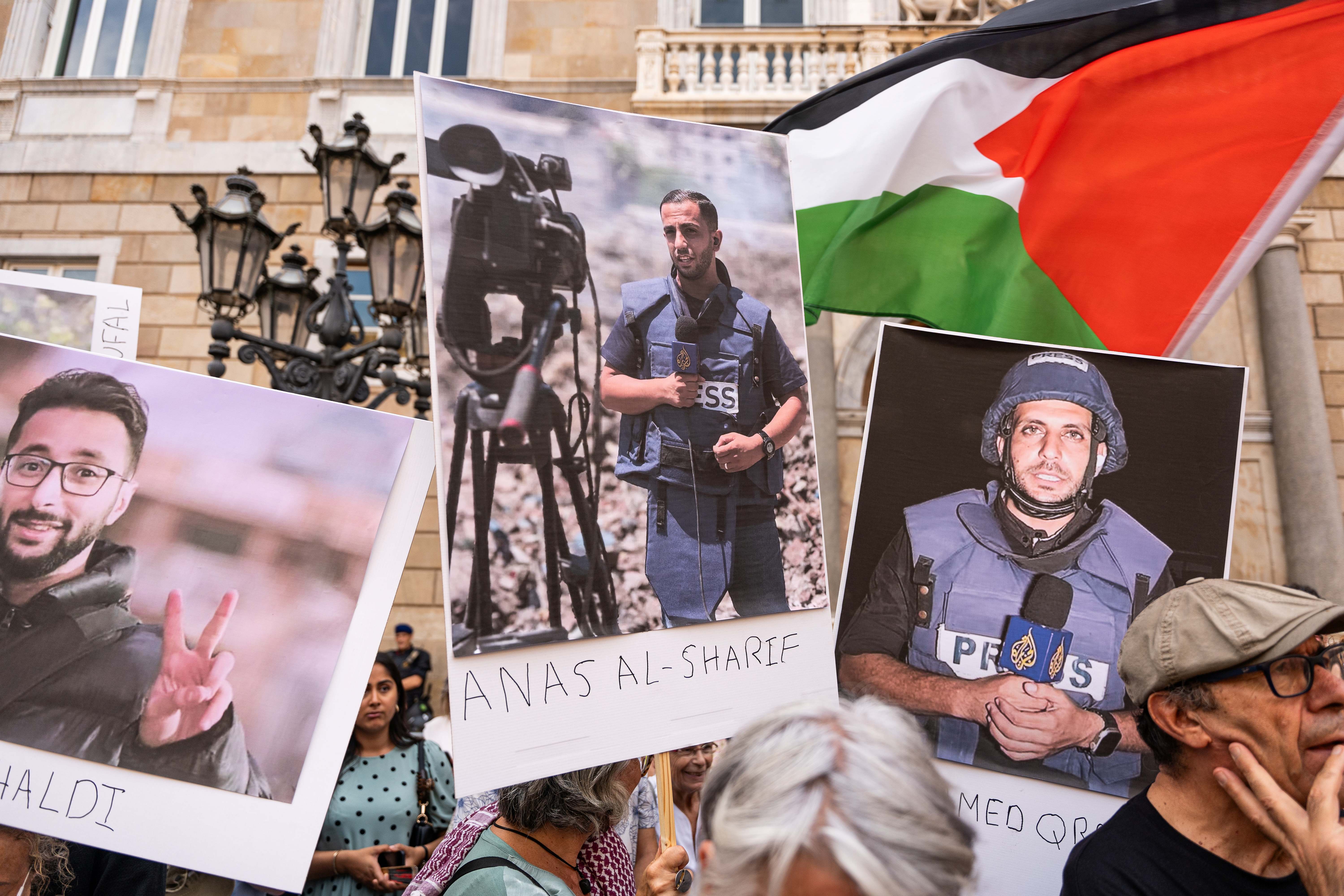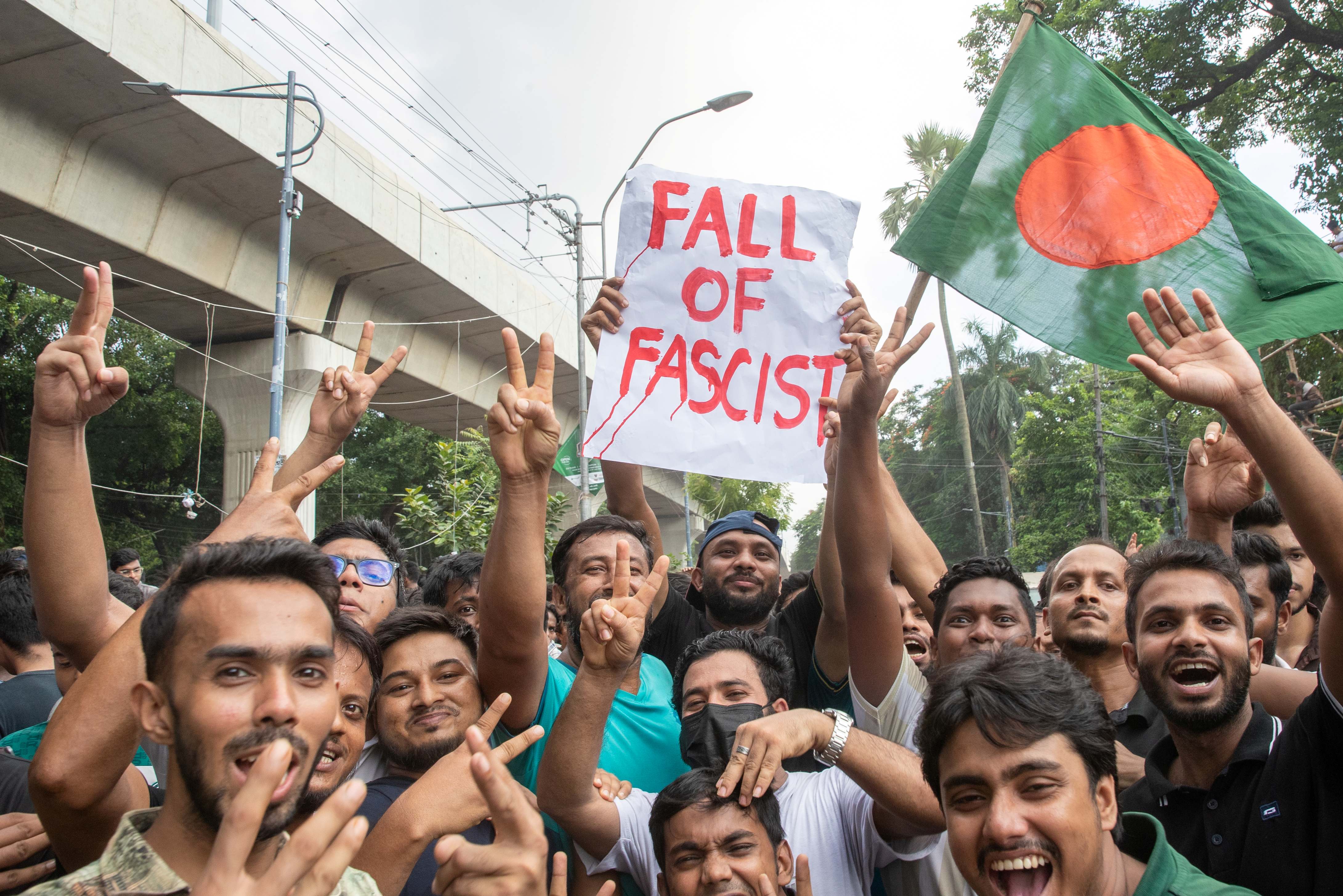This article was originally published on 4 July 2025 in Arabic and translated into English
July 4 each year coincides with Liberation Day in Rwanda, which marks the end of the genocidal war against the Tutsi. This article explains the reasons behind the media’s neglect of the genocide and how the press failed to help prevent it. It also offers a critical perspective on how the same practices are being reproduced in coverage of the genocidal war on Palestine.
In January 1994, General Roméo Dallaire, commander of the United Nations peacekeeping forces in Rwanda, sent an “urgent and confidential” message to the UN Secretary-General, warning of clear signs that the pro-government “Interahamwe” militia was preparing to launch a genocide against the Tutsi minority.
Barely three months later, Dallaire’s worst fears were realized. That message -now known as the “Genocide Fax”- has become synonymous with the UN system’s failure to prevent genocide, after his request for early intervention and the raid of weapons stockpiles prepared for the massacres was rejected.
Dallaire argues that the decision not to leak the “Genocide Fax” to the press — as a step to prevent the killings — was dictated by a sense of moral duty. But in those charged moments, it was hoped that the press would compensate for the collapse of the UN system, the sluggishness of decision-making, and the calculations of major powers, especially France and the United States.
“Simplifying Genocide”
In the spring of 1994, Hutu militias began implementing a plan to kill “1,000 Tutsis every 20 minutes,” while global media attention was diverted to other issues — such as America’s preparations to host the World Cup, and the elections in South Africa that ended with Nelson Mandela’s party winning power. Media interest in covering what was happening — and even then, hesitantly and reluctantly — only began when images of displacement and refugees fleeing to neighbouring countries spread.
Some accounts and articles argue that the difficulty of covering the events was due to journalists’ limited access to the field and the high-security risks faced by the few who managed to reach the capital, Kigali.
Yet such justifications collapse in the face of what was almost systematic neglect of the Rwandan genocide. Media coverage treated the tragedy as just another familiar tribal conflict — “nothing more than a brutal outburst of irrational, savage ethnic violence” and because it was happening in Africa, it was subject to simplistic narratives portraying the continent as dark, uncontrollable, and often reduced to clichés about “eternal tribal warfare.”
In French media, the genocide appeared within a framework that used terms like “competition between two ethnic groups,” “land of slaughter,” “a power struggle carried out through massacres,” and “a natural continuation of a historical conflict between two ethnicities.” Even when testimonies from doctors and aid workers in the field confirmed that what was happening was “a deliberate, systematic, large-scale genocide,” most coverage remained captive to this shallow framing, reinforcing stereotypes that prevented balanced and impactful reporting.
A study by Sophie Bontzol, titled “The Rwandan Genocide: Tensions in Journalistic Discourse,” analyzed how seven Belgian and French newspapers covered the genocide. She concluded with findings that help explain some aspects of this neglect or oversimplification. The study points out that “the coverage was fundamentally built on a pre-existing interpretive framework” and that “covering ‘events’ quickly, providing simple, easy-to-read analysis, and doing so with minimal resources at a time when newspapers were cutting costs while expanding their readership, made journalism vulnerable to stereotypical analyses.”
When the genocide did appear in global media, it was distorted and tied to two main storylines. The first was the evacuation of foreign nationals — evident in the testimony of Allan Thompson: “Reviewing the Toronto Star archives, I found an article of mine published on 9 April 1994. I had forgotten ever having written it; perhaps it left my memory because it was such a dreadful piece of journalism. Written three days into the genocide, the article focused entirely on the evacuation of Canadian expatriates from Kigali and invoked every cliché of tribal confl ict, chaos and anarchy.”
The second storyline was the spread of images of displacement and refugees fleeing to neighbouring countries — a direct result of the horrific massacres fueled by local propaganda outlets like Kangura magazine and RTLM radio.
Reviewing the Toronto Star archives, I found an article of mine published on 9 April 1994. I had forgotten ever having written it; perhaps it left my memory because it was such a dreadful piece of journalism. Written three days into the genocide, the article focused entirely on the evacuation of Canadian expatriates from Kigali and invoked every cliché of tribal confl ict, chaos and anarchy.
Allan Thompson also notes in his seminal book on the genocide and the media that the shape of initial coverage after the massacres of the Tutsi was deeply paradoxical: “The media flooded in only once the genocide had ended and the ‘refugee crisis’ emerged in Goma. Then, a blurred image of suffering appeared — among the fleeing were perpetrators of the genocide themselves, who received ten times more coverage than the genocide itself ever did.”
This prior, simplistic, context-stripped framing fed on colonial power rivalries and the willingness of much of the media to align with the “tribal conflict” narrative. Those who planned and prepared the genocide knew that the basic, ready-made explanation the public would be offered would not stray from the framework of “ethnic and tribal conflict.”
This excessive focus on simplistic interpretations deflected attention from the reality of the genocide’s planning, confirmed by UN officials and civil society organisations who had sounded early warnings about real signs: incitement campaigns, weapons stockpiling, and ongoing training. This approach cannot be separated from the influence of the official narrative of the ruling powers, especially France, which was accused of covering up and even arming parties involved in the genocide.
And so, “The ability of political leaders to rally a narrative that serves French interests and reinforce it within a large segment of the press has produced numerous cognitive distortions. While television’s perspective on the event results from various factors — such as the availability of sources, the possibility of capturing images from the field, dominant framing, and competing events, the strategies of the French political authorities played a decisive role in the editorial decisions, starting with the initial choice of depoliticization and relative disregard for the event.”
This prior, simplistic, context-stripped framing fed on colonial rivalries and the tendency of much of the media to align with the “tribal conflict” narrative. Those who planned and prepared the genocide knew well that the basic, convenient explanation given to the public would remain framed as “an ethnic and tribal conflict.”
The “Deadly” Silence
The media’s neglect of the Rwandan genocide stands out as a failure — or near-deliberate blindness — to facts and warning signs that could have helped prevent the massacres or pushed for international intervention. The “tribal conflict” narrative offered a convenient explanation that carried no demand for intervention or regional and international political commitment. At its core, this media failure reproduced old “colonial” representations that the media internalized, reinforcing reductive views of Africa and its people.
The danger of this approach is that it did not stop at Rwanda — it helped entrench an interpretive framework that is automatically revived to explain complex issues, especially those tied to liberation and people’s rights. Today, this is repeated in Palestine, where most major global media portray the genocide against Palestinians as a “conflict” between two equal sides — hiding the basic objective reality: an occupying state killing an occupied people.
The global media’s neglect of the Tutsi genocide must be recalled as a profound lesson in the consequences of media silence during wars and conflicts. It exposed a chronic failure to use objective terminology to describe killings and massacres in ways that could influence public opinion. The media’s hesitation to use the term “genocide” — instead insisting on framing what happened as merely a “civil war”- undermined any chance of prompting UN and international action, and, in one way or another, contributed to the continuation of the genocide without any effective intervention.
In barely one hundred days, Hutu militias killed nearly a million Tutsis, yet the media remained hesitant to use the term “genocide,” favouring softer, vaguer labels.
The media’s failure to use precise terms to describe the genocide in Rwanda is a concentrated expression of the deep impact of media coverage on the perpetuation of genocide. In this context, a study by Spanish researcher José Carlos Gutiérrez on Spanish TV coverage of the genocide reveals conclusions that apply to other global coverage too.
The study found that Spanish TV coverage “offered few contextual elements, focused on the consequences rather than the causes, and presented them in a confusing manner. The main outcome of this way of constructing the event — which can be called the African humanitarian crisis model — is that the professionals covering the Rwandan crisis rationalized the situation, gave it coherence, and folded it into the context of everyday life... It can be said that other African crises will follow the same coverage model. So, it seems that everything African is destined to be explained this same way.”
From Rwanda to Palestine
We do not recall the media coverage of the Tutsi genocide on Liberation Day simply to preserve collective memory and ensure that “what happened does not happen again.” Rather, we do so because many of the same global media institutions that once engaged in belated self-criticism — a kind of retrospective regret — have returned to the same practices as they cover the genocide in Palestine.
During the Rwandan massacres, global media justified its failure to cover events by claiming an inability to access the field or obtain reliable information from credible sources. Today, however, the genocide is broadcast live on television and digital platforms, while the International Court of Justice, the International Criminal Court, and civil society organizations describe what is happening in Palestine — with clarity that requires no interpretation — as “genocide.”
We do not recall the media coverage of the Tutsi genocide on Liberation Day simply to preserve collective memory and ensure that “what happened does not happen again.” Rather, we do so because many of the same global media institutions that once engaged in belated self-criticism — a kind of retrospective regret — have returned to the same practices as they cover the genocide in Palestine.
Yet prominent media institutions still refrain from using the legal and UN terminology to describe what is happening. For example, The Intercept revealed an internal memo showing that “The New York Times instructed its reporters covering Israel’s war against Palestinians in Gaza to restrict the use of uncomfortable terms like ‘genocide’ and ‘ethnic cleansing,’ and to ‘avoid’ using the phrase ‘occupied territories’ when describing Palestinian land.”
Just as the media in Rwanda downplayed the scale of mass killing by reducing it to “tribal conflict” rhetoric, Western media in particular is now reproducing semantic narratives that strip the Palestinian tragedy of its true meaning — using terms like “conflict,” “tensions,” and “dispute.” Despite the overwhelming evidence presented by UN bodies, the use of the term “genocide” remains fenced in by constraints that usually come — unsurprisingly — from outside the newsroom.

